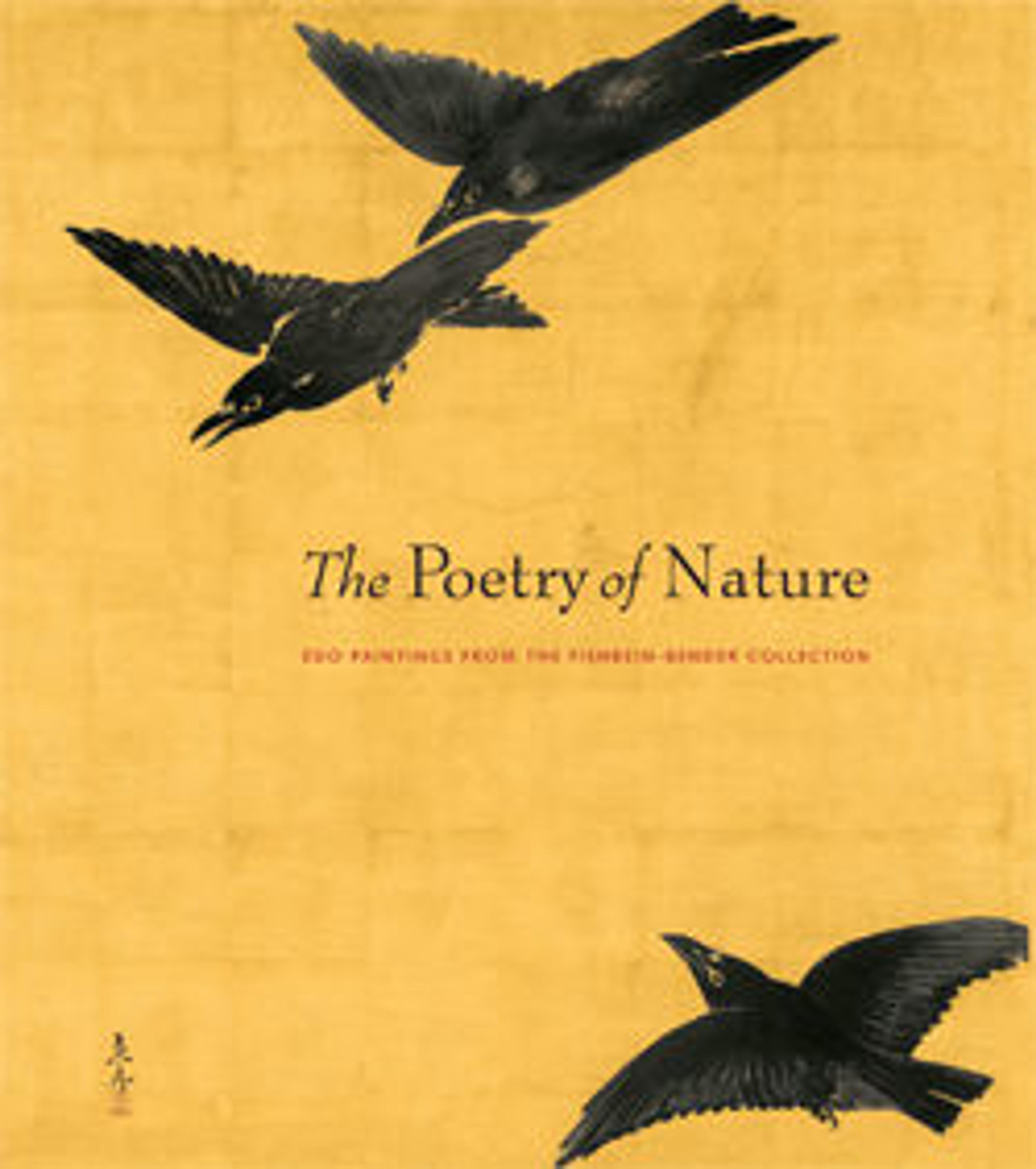Quail and Autumn Flowers
Elegant in their own right, chrysanthemums often appear together with quails in paintings. The combination was especially favored by Southern Song Chinese artists, as it signified peace and longevity. Along with chysanthemums, the depiction of other autumn flowers, such as bush clover (hagi) and Chinese bellflowers (kikyō), creates a seasonal setting for the pair of birds.
The painting is signed by Tosa Mitsuoki, a master of jewel-like painting in finely executed line and brilliant color. He became an official court artist in 1654 and made concerted efforts to revive the dwindling fortunes of the Tosa school, which had been all but overshadowed by the Kano school since the Muromachi period.
The painting is signed by Tosa Mitsuoki, a master of jewel-like painting in finely executed line and brilliant color. He became an official court artist in 1654 and made concerted efforts to revive the dwindling fortunes of the Tosa school, which had been all but overshadowed by the Kano school since the Muromachi period.
Artwork Details
- 秋の花に鶉図
- Title:Quail and Autumn Flowers
- Artist:Tosa Mitsuoki (Japanese, 1617–1691)
- Period:Edo period (1615–1868)
- Date:late 17th century
- Culture:Japan
- Medium:Hanging scroll; ink and color on silk
- Dimensions:38 1/2 x 16 3/8 in. (97.8 x 41.6 cm)
- Classification:Paintings
- Credit Line:The Howard Mansfield Collection, Purchase, Rogers Fund, 1936
- Object Number:36.100.52
- Curatorial Department: Asian Art
More Artwork
Research Resources
The Met provides unparalleled resources for research and welcomes an international community of students and scholars. The Met's Open Access API is where creators and researchers can connect to the The Met collection. Open Access data and public domain images are available for unrestricted commercial and noncommercial use without permission or fee.
To request images under copyright and other restrictions, please use this Image Request form.
Feedback
We continue to research and examine historical and cultural context for objects in The Met collection. If you have comments or questions about this object record, please contact us using the form below. The Museum looks forward to receiving your comments.
